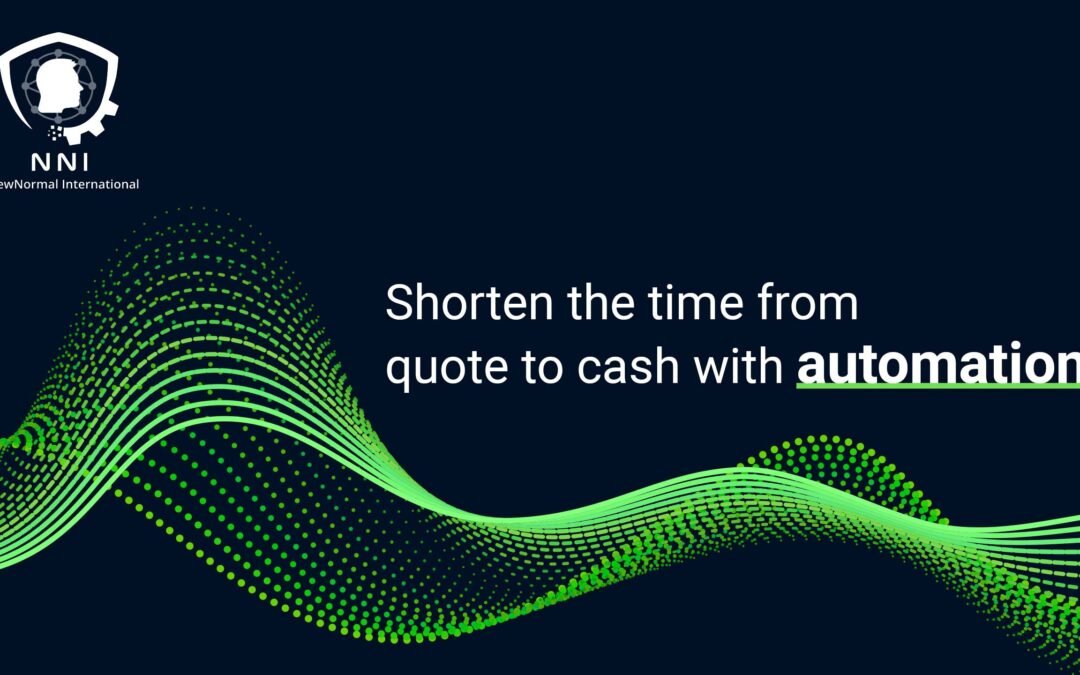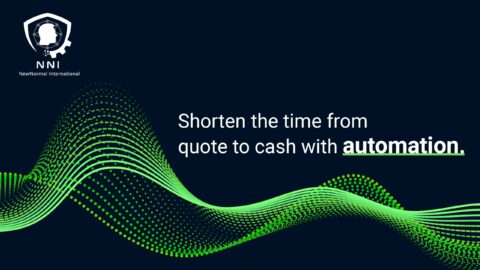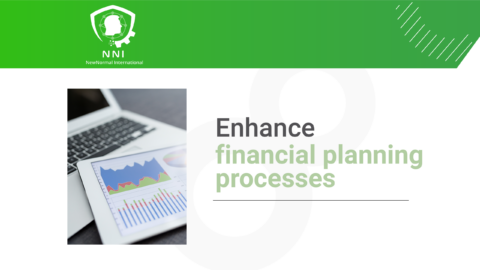Transforming Business Operations with Automated Systems
In the dynamic realm of business, the ability to shorten the time from quote to cash with automation is a game-changer for organizations aiming to enhance efficiency and profitability.
The Revolution of Automation in Financial Processes
In the dynamic and competitive landscape of today’s business world, organizations are constantly seeking ways to enhance efficiency, improve customer satisfaction, and achieve sustainable growth. Integrating automation into the quote-to-cash (Q2C) cycle is not just an operational upgrade; it’s a strategic move towards streamlining business processes, enhancing customer experiences, and gaining a competitive edge. This transformation leads to a multitude of benefits that extend far beyond mere cost savings.
Automation empowers businesses to streamline repetitive tasks, eliminating manual errors and reducing the time it takes to process orders, generate invoices, and collect payments. This accelerated turnaround time not only optimizes resource allocation and reduces administrative burdens but also enhances customer satisfaction by ensuring prompt delivery of goods and services.
By automating tasks that are prone to human error, such as data entry and validation, automation minimizes the risk of costly mistakes, improving overall accuracy and consistency across the Q2C cycle. This reduction in errors not only streamlines internal processes but also fosters trust and confidence among customers, who can be assured that their orders are being handled with precision and care.
Automation extends its transformative power beyond operational efficiency, reaching into the realm of customer experience. By automating tasks like order status updates, shipment tracking, and invoice notifications, businesses can keep customers informed throughout the Q2C cycle, providing a transparent and responsive experience. This proactive communication enhances customer satisfaction, builds loyalty, and encourages repeat business.
Integrating automation into the Q2C cycle is not just about implementing technology; it’s about embracing a mindset of continuous improvement and innovation. By identifying opportunities for automation, businesses can continuously refine their processes, eliminate redundancies, and adapt to evolving customer needs. This commitment to optimization ensures that the organization remains agile, efficient, and customer-centric in the ever-changing business landscape.
In essence, integrating automation into the Q2C cycle is a strategic move towards streamlined operations, enhanced customer satisfaction, and sustainable growth. It empowers businesses to break free from the shackles of manual processes, embrace the power of technology, and position themselves for success in the dynamic and competitive world of commerce.
Enhancing Change Management with Automation
Effective change management in today’s business environment includes adopting innovative technologies like automation. This strategic integration facilitates smoother transitions and adapts operational processes to evolving business demands.
Executive Coaching for Technological Adaptation
For business leaders, understanding and implementing automation in financial processes is crucial. Executive coaching services can play a pivotal role in equipping leaders with the skills and knowledge to leverage automation effectively.
Communication: A Pillar in Automating Financial Processes
Effective communication is vital in the successful implementation of automation. It ensures that all stakeholders understand and are aligned with the new automated processes, facilitating smoother adoption across the organization.
Leveraging Generative AI in Financial Automation
In the dynamic and data-driven world of finance, the role of Generative Artificial Intelligence (AI) has emerged as a transformative force, revolutionizing the way businesses automate processes, optimize workflows, and accelerate the quote-to-cash (Q2C) cycle. Unlike traditional AI, which focuses on learning from existing data, Generative AI possesses the remarkable ability to generate new data, patterns, and insights, unlocking a new frontier of financial automation and efficiency.
Imagine a financial landscape where complex financial processes, once reliant on manual labor and prone to human error, are now handled with the precision and speed of Generative AI. This AI-powered automation seamlessly integrates into the Q2C cycle, automating tasks such as:
Contract and document generation: Generative AI can generate legally compliant contracts, financial reports, and other critical documents, reducing the time and effort required for manual drafting and review.
Predictive analytics and forecasting: Leveraging vast amounts of financial data, Generative AI can predict future cash flows, sales trends, and market fluctuations, enabling businesses to make informed decisions about resource allocation, risk management, and investment strategies.
Fraud detection and prevention: Generative AI can analyze vast datasets to identify patterns and anomalies, detecting fraudulent activities and preventing financial losses before they occur.
Customer behavior analysis and personalization: By understanding customer spending patterns and preferences, Generative AI can personalize marketing campaigns, optimize pricing strategies, and enhance the overall customer experience.
The impact of Generative AI extends far beyond automating routine tasks; it empowers businesses to make data-driven decisions with unprecedented speed and accuracy. This rapid decision-making capability further shortens the time from quote to cash, enabling businesses to improve cash flow, optimize working capital, and gain a competitive edge in the market.
Generative AI is not merely a tool for financial automation; it’s a catalyst for innovation, empowering businesses to reimagine their financial operations and unlock new levels of efficiency and growth. As Generative AI continues to evolve and its capabilities expand, the possibilities for financial transformation are limitless, paving the way for a future where AI-driven automation becomes the cornerstone of modern financial management.
Conclusion
In conclusion, adopting automation to “Shorten the time from quote to cash” is a critical step for businesses seeking to improve efficiency and accelerate growth. This approach is essential for businesses looking to thrive in the competitive modern marketplace.
#FinancialAutomation, #QuoteToCash, #BusinessEfficiency, #ExecutiveCoaching, #GenerativeAI











